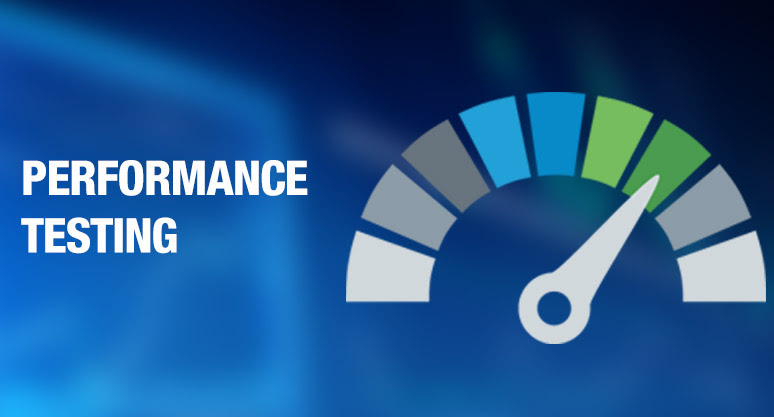Hello Folks, nowadays more people are using e-commerce sites. In this fast-moving world, everyone wants quick solutions to the problems so far, when users visit a website where they expect prompt responses. The user would be frustrated when the login page takes more time than usual. Customer loyalty is important for eCommerce sites. If more users visit a site at the same time, they can face problems with loading and the server gets down and gives the error responses.
For Instance, during Thanksgiving Day and Christmas offers, there could be more number of users accessing the application at a time, so applications need to act continuously when the load rises unexpectedly. Hence, performance testing is essential for eCommerce sites to resolve those performance-related issues. We can build virtual users and hit the web to test application stability.

First, we need to find the bottleneck point of the application by applying the desired load. Bottleneck point is the maximum load that an application can handle. We need to hit the application concurrently with less number of ramp-up periods to verify the application stability when the load suddenly increases or decreases.
What is Performance Testing?
Performance testing is a non-functional software testing type. It used to test the stability and response time of an application by applying and desired load. The number of users, which the application can handle, that is load. Stability is the time taken for a particular application to respond. How far the application is able to handle the desired load. Performance testing mainly is done for client-server and web-based applications.

Checklist For Performance Testing
- Test Environment Server specification must be same as Production Environment
- Ensure the architecture used for the application. For three-tier architecture, we need to hit the Application, Server, and Database layer to verify the performance of the application.
- Network Bandwidth – data transfer in a specific connection in a given amount of time.
- We need to analyze application peak time, response time, and traffic pattern.
- Based on this analysis, we have to plan the number of virtual users for performance testing.
- Identification of the performance testing tool which you are going to use.
- Measure the database size used for testing. So we can identify if any memory leakage happened during testing.
- Testing engineers must have knowledge of hardware-level configurations like CPU and network bandwidth.
- Every page has many requests. Verify the response time of each request to perform a particular action.
- There are two types of requests: primary and secondary requests. Put, Get, and Post method requests are Primary requests. CSS, HTML, and image files are secondary requests.
- We need to verify the response time of the primary request only.
- Before execution, verify the pattern of execution.
- During Performance testing, the number of records may increase in that time in the application, so we need to measure the time taken for fetching the data from the database.
- Every testing activity must be made as a report so we can conclude the overall performance of the application and it will help to sort out the performance problems.
- Using the Load generator, we can create more numbers of virtual users. Therefore, we can distribute the load to various systems from the host server to avoid high CPU utilization.
What are the Tools used for Performance Testing in Business Standards?
There are many tools are available. A few of them are here:
- HP Loadrunner
- Jmeter
- NeoLoad
- LoadUI
- Silk Performer
- Rational Performance Tester
Online Performance Testing tools
- GTmetrix
- Lighthouse
- Google Page speed

Metrics for Performance Testing
- CPU utilization
- Memory utilization
- Network utilization
- Operating System limitations
- Disk usage
- Number of Threads
- Database locks
- Hit per seconds
- Response Time
- Throughputs
The above points will help to get some knowledge about performance testing. We have come to the end of this blog and I hope that this blog was helpful to you. If you have any queries, please feel free to leave a comment.
Performance Testing checklist for your e-commerce site







